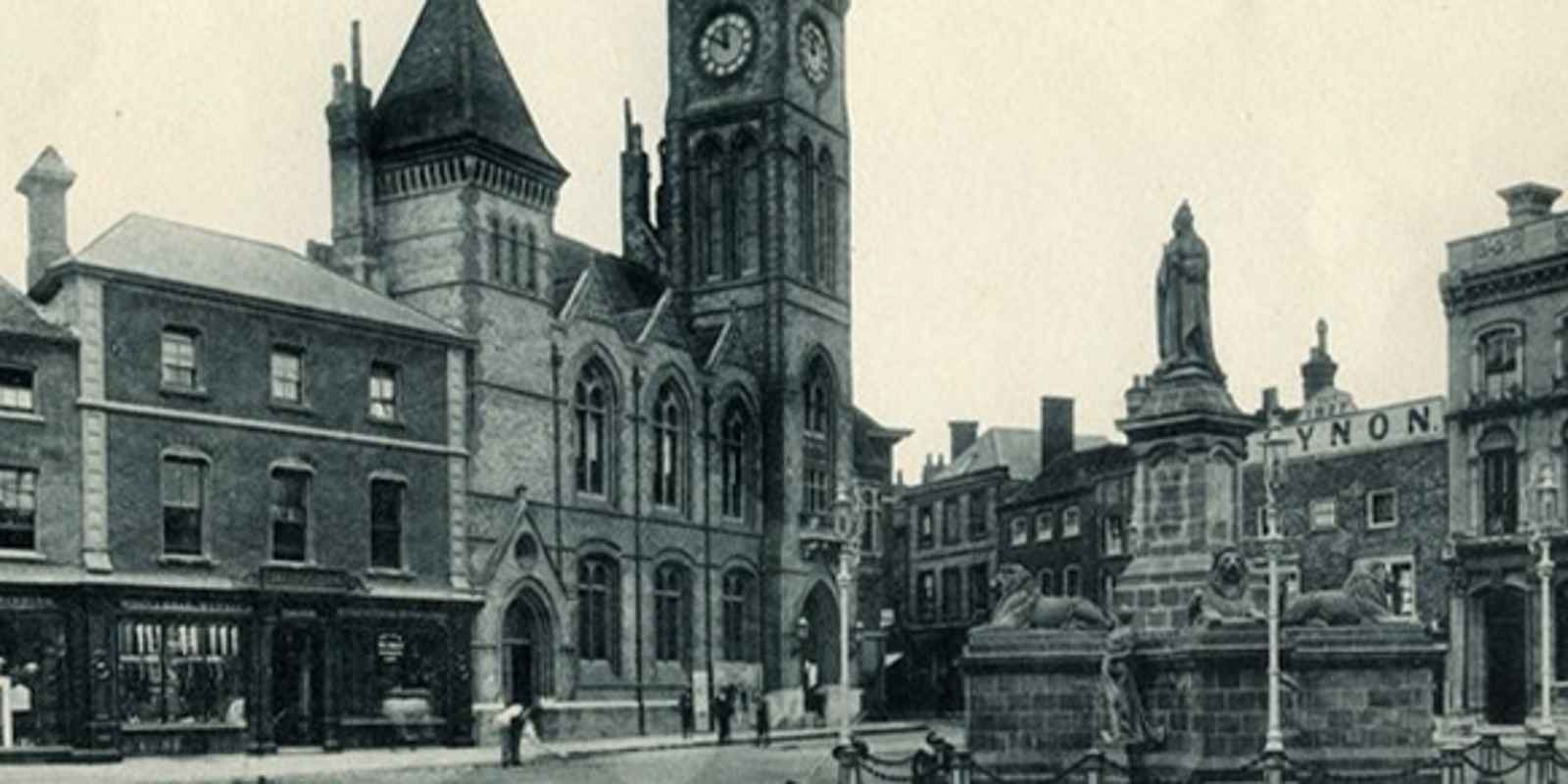Early History of Newbury
The early history of Newbury is unclear. There has been a settlement for 1100 years because of its position as a river crossing and a crossroads of north/south and east/west routes.
The name Newbury was first mentioned in 1079 in the “Ecclesiastical History of England and Normandy”. It then had the right to hold a fair and a market. After that it was owned by a series of monarchs or their wives.
In the late 15th century cloth manufactured in Newbury was highly regarded on the continent but by the 17th century this trade had virtually ceased. The most famous clothier was John Smallwood or Winchcombe known as “Jack of Newbury”. He helped fund the re-building of the Parish Church — there was an earlier Norman church on the site. He was a friend of Henry VIII and Queen Catherine of Aragon. Thomas Dolman was also a clothier and his monument is Shaw House.

The famous Newbury Coat was made in 1811 in a single day as a result of a bet between Sir John Throckmorton and John Coxeter. The feat was repeated at the Newbury Show in 1991.
Newbury was the site of two battles during the English Civil war (1642-46). The first battle was in 1643 when the Earl of Essex was returning to London after relieving the siege of Gloucester and found his way barred by King Charles’s army. Essex won after the King’s army ran out of gunpowder. The second battle was in 1644 near Donnington Castle. Now a partial ruin, it was besieged for 20 months. It fell to the Parliamentarians, but the King’s defenders of the castle were allowed to withdraw because they had put up a stout defence.
In the 18th and 19th centuries Newbury was important as a coaching centre being on the Great Bath Road. It developed many inns. There were theatres and horse racing to entertain the travellers.
Newbury is an agricultural area being in the fertile Kennet valley. Barley was grown for malting and this was shipped to London from 1723 using the river Kennet Navigation to Reading.
By 1810 the Kennet and Avon Canal had been built between Reading and Bristol mainly for transporting corn. By 1847 the railway had arrived, and the canal went into decline. In 1882 there was a branch to Didcot, in 1885 one to Winchester and finally a branch to Lambourn in 1898. By 1970 only the line from London to Penzance survives as road traffic developed.
The 18th century saw new industries.
In 1790 William Plenty founded a firm making ploughs and went on to build a revolutionary lifeboat and now makes pumps and filters. In the 20th century, Newbury has attracted many high technology companies such as Vodafone, Merant (formerly Micro Focus), and Quantel.
In 1905 a magnificent new racecourse was opened. In 1942 the course became a marshalling yard for the American army but reopened after the war. The town was bombed on one occasion. Part of Greenham Common was occupied by the 101st Airborne Division and this provided the place from which planes with scores of gliders took off to participate in the invasion of Europe on D-Day, 6th June 1944. During the Cold War, Greenham Common was an American nuclear bomber base and then a Cruise missile base. Since the end of the Cold War Greenham Common is returning partly to a common and an industrial estate.
Information on this page is reproduced by kind permission of: THE NEWBURY SOCIETY